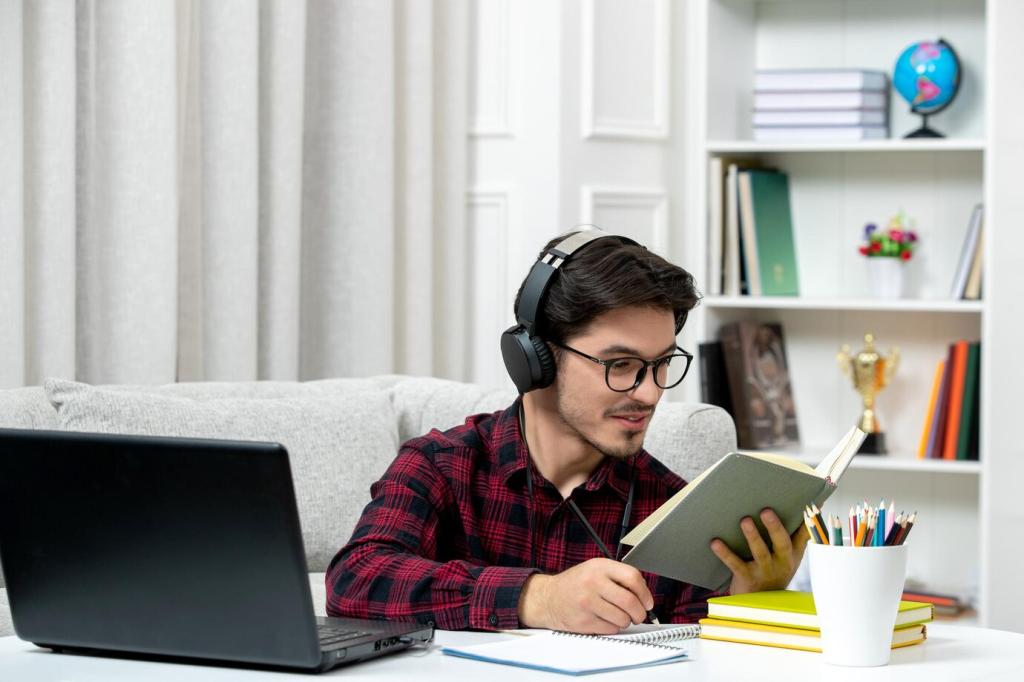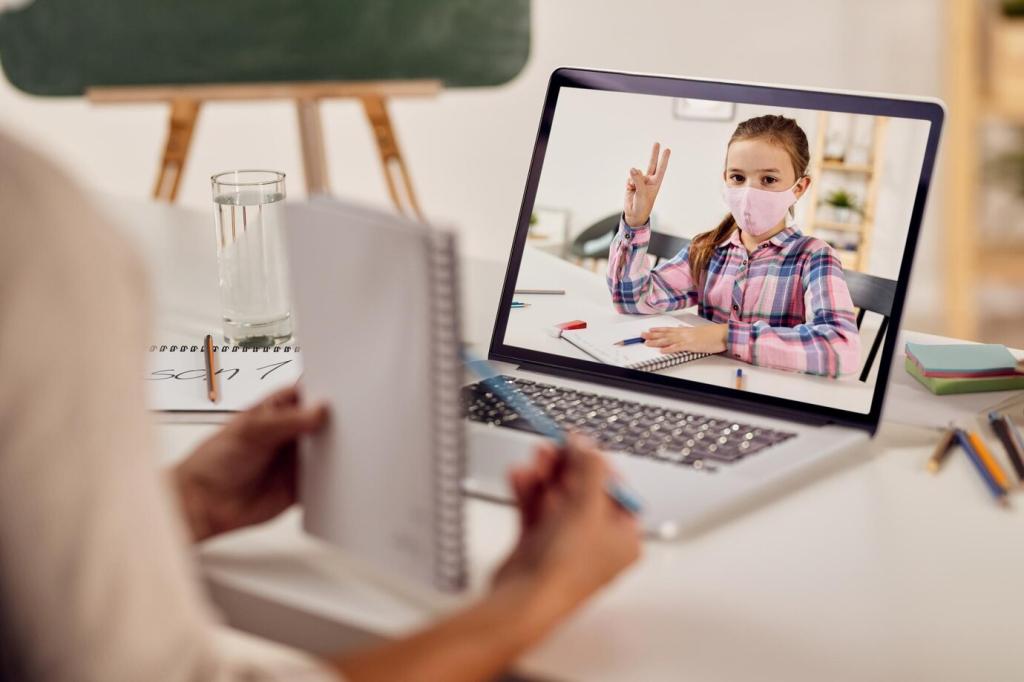
The Impact of VR on Student Engagement
Virtual Reality (VR) is transforming classrooms by offering immersive educational experiences that capture students’ attention and imagination. This technology shifts the dynamics of learning from traditional, passive methods to active participation, significantly increasing engagement levels. By providing interactive, realistic scenarios, VR enhances comprehension of complex concepts and encourages students to take a more active role in the learning process. Exploring the impact of VR on student engagement reveals its potential to revolutionize not only how information is delivered but also how deeply students connect with the content, instructors, and each other within an educational setting.
Redefining Classroom Experiences
VR technology creates lifelike simulations that place students in the midst of historical events, scientific phenomena, or literary scenes, allowing them to learn by experience. These immersive environments stimulate curiosity and motivation, turning otherwise abstract or challenging concepts into tangible, relatable experiences. As a result, students are more likely to stay engaged and attentive, actively participating in lessons rather than becoming passive recipients of information. This enhanced level of engagement improves knowledge retention and deepens the overall learning experience, resonating with students long after the lesson ends.
Traditionally, education has been limited by the resources physically available within a classroom or school. VR overcomes these limitations by offering access to virtual field trips, laboratories, or historical reconstructions. Students living in remote areas or underprivileged environments can now explore museums, travel through outer space, or witness historical events firsthand—all from their classroom seats. This expansion of accessible resources levels the playing field, increasing student engagement for individuals who might otherwise feel disconnected from the subject matter due to logistical or financial constraints.
VR compels students to interact with the material, their peers, and their environment, fostering a more active learning process. Activities such as problem-solving in virtual escape rooms, role-playing in historical reenactments, or collaboratively building in virtual worlds inspire students to move beyond rote memorization. As participants in these rich, active scenarios, learners must engage critical thinking, collaboration, and decision-making skills. This hands-on involvement not only heightens engagement but also helps students develop essential life skills that transcend the classroom.

VR environments can be designed with rich graphical content, immersive audio, and interactive elements that appeal to both visual and auditory learners. Students can witness vivid animations of complex scientific processes or listen to rich soundscapes that bring historical settings to life. This multisensory approach helps reinforce concepts from multiple angles, making it easier for students to grasp and remember information. By providing content in formats that align with students’ natural preferences, VR heightens engagement and makes learning more enjoyable.

